Table of Contents
- Introduction
- How to Make Ribs: Complete Step-by-Step Guide
- Top 10 Spice Hacks for Perfect Ribs
- Spice Storage Tips That Preserve Flavor
- Essential Tools and Spices for Ribs
- Frequently Asked Questions
- Conclusion
Introduction
If you're searching for how to make ribs, you've found the definitive guide. Forget confusing instructions or incomplete recipes—this step-by-step method delivers perfectly tender, flavorful ribs every time, whether you're using an oven, grill, or smoker. No special equipment required, just proven techniques that work.
While many "how to make a rib" guides focus solely on cooking times, we'll cover the complete process from selecting quality meat to achieving that perfect fall-off-the-bone texture. You'll learn professional secrets that transform ordinary ribs into restaurant-quality meals in your own kitchen.
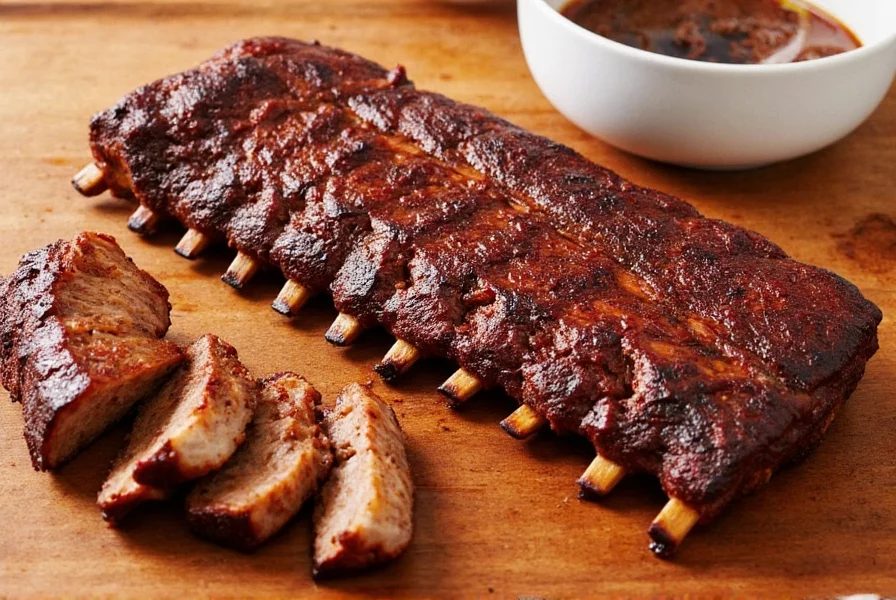
How to Make Ribs: Complete Step-by-Step Guide
The most frequently asked question we receive is how to make ribs that are tender without falling apart, with perfect bark and maximum flavor. Here's our professionally tested method that works for baby back or spare ribs:
What You'll Need:
- 1 rack of ribs (baby back or spare)
- 2 tbsp kosher salt
- 1 tbsp brown sugar
- 1 tsp smoked paprika
- 1 tsp garlic powder
- 1 tsp onion powder
- ½ tsp chili powder
- ½ tsp black pepper
- Optional: ½ tsp espresso powder for enhanced flavor
The 6-Step Process for Perfect Ribs:
- Prepare the Ribs (10 minutes): Remove the membrane from the bone side using a butter knife to loosen one end, then grip with a paper towel and pull off completely. This allows flavors to penetrate and prevents chewiness.
- Dry Brine (24 hours): Rub salt evenly over both sides and refrigerate uncovered. This tenderizes the meat and helps the rub adhere better. Don't skip this critical step!
- Apply the Rub (5 minutes): Mix all spices, pat ribs dry, then massage the rub into every surface. Let sit for 30 minutes at room temperature before cooking.
- Cook Using Your Preferred Method:
- Oven method: Wrap in foil, cook at 275°F for 2.5 hours
- Smoker: Cook at 225°F for 3-4 hours
- Grill: Use indirect heat at 250°F for 2.5-3 hours
- Finish and Glaze (15 minutes): Remove foil (if used), brush with sauce, and finish cooking for 15 minutes to develop bark. For extra caramelization, increase heat for last 5 minutes.
- Rest and Serve (10 minutes): Let rest wrapped in foil for 10 minutes. This allows juices to redistribute for maximum tenderness.
Pro Tips for Success:
- The bend test: When done, ribs should bend easily when lifted with tongs and show small cracks in the bark
- Internal temperature: Target 190-205°F for perfect tenderness
- Don't rush it: Low and slow is key—never cook ribs above 275°F
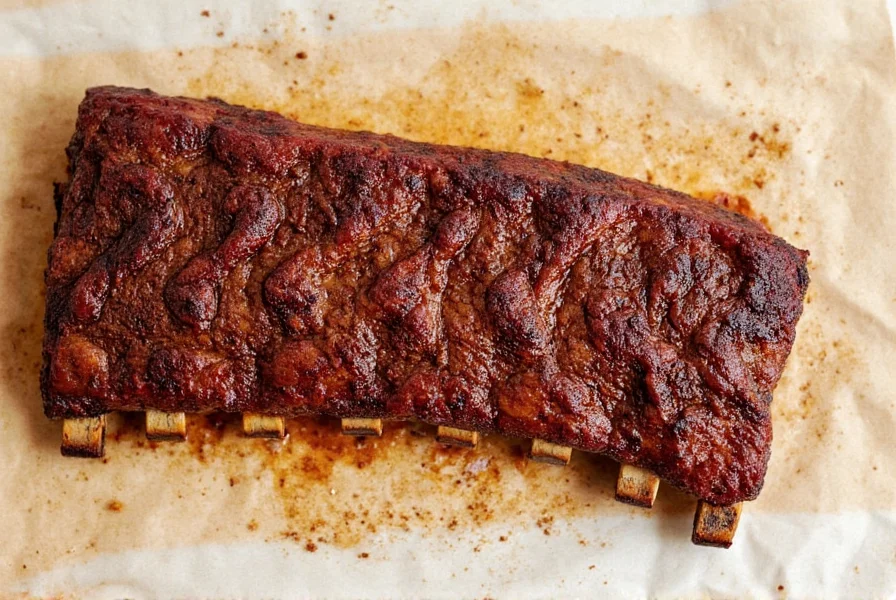
Top 10 Spice Hacks for Perfect Ribs
Now that you know how to make ribs, these professional spice techniques will take your results to the next level:
- The Layering Trick: Start with a dry rub, then add a wet glaze before cooking. This gives depth without overpowering the meat.
- Fat = Flavor Carrier: Rub spices directly onto the fat cap. As it renders, it pulls flavor deeper into the meat.
- Toast Before You Rub: Toast cumin, coriander, or fennel seeds in a dry pan before grinding them. The heat brings out hidden aromas.
- Coffee Adds Umami: A teaspoon of instant espresso powder in your rub enhances richness and balances sweetness.
- Lime Zest = Brightness Boost: Grate a little lime zest over finished ribs for a zesty pop that cuts through fattiness.
- Dry Brine Magic: Salt your ribs 24 hours ahead. It tenderizes and helps the rub stick better during cooking.
- Paprika Is Your Color Pal: Use smoked paprika for a beautiful red crust and a subtle smoky note.
- Garlic Butter Finish: Melt garlic butter over hot ribs just before serving for a rich, savory finish.
- Smoke Chips + Spices: Soak wood chips with added spices (like rosemary or thyme) for a complex aromatic smoke.
- The Power of Acid: Apple cider vinegar or lemon juice in your mop sauce keeps the meat moist and brightens the flavor profile.
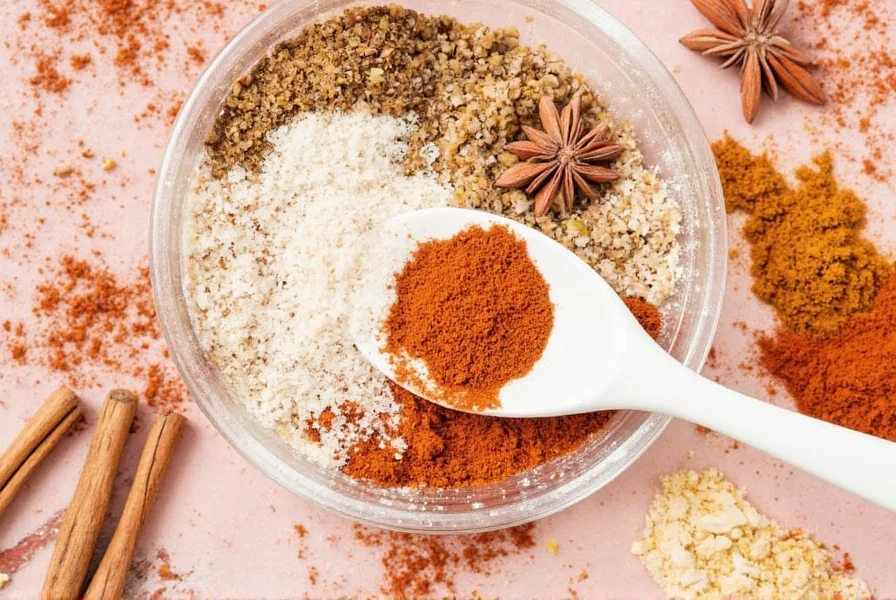
Spice Storage Tips That Preserve Flavor
Proper spice storage ensures your rib recipes deliver maximum flavor every time. Follow these science-backed storage methods:
| Spice Type | Optimal Storage Method | Maximum Freshness Period |
|---|---|---|
| Whole Spices | Store in airtight glass jars away from light and heat | 3–5 years |
| Ground Spices | Keep in cool, dark place; avoid humidity exposure | 1–2 years |
| Chili Powders | Refrigerate after opening to prevent oil rancidity | 6–12 months |
| Fresh Herbs | Freeze in olive oil cubes or dry in a dehydrator | 6–12 months (dried) |
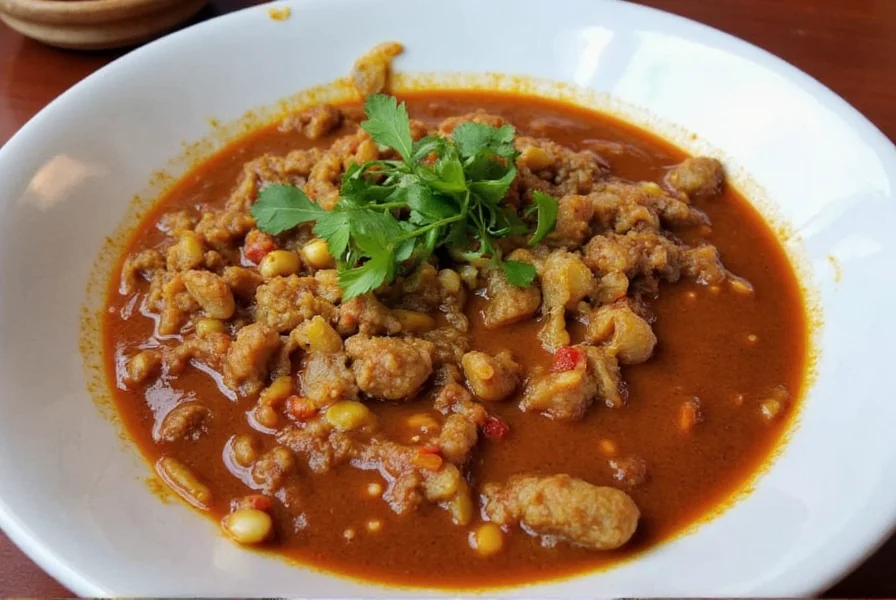
Essential Tools and Spices for Ribs
Having the right equipment makes how to make ribs process more efficient and produces better results:
| Tool/Ingredient | Professional Recommendation | Critical Function | Investment Value |
|---|---|---|---|
| Instant-Read Thermometer | ThermoPro TP03 or comparable | Accurate doneness monitoring (190-205°F) | High (essential tool) |
| Smoked Paprika | Pimentón de la Vera (Spanish) | Authentic smoky flavor without liquid smoke | High (game-changer) |
| Membrane Removal Tool | Butter knife + paper towels | Prevents chewy texture on bone side | Medium (makes process easier) |
| Heavy-Duty Aluminum Foil | Reynolds Wrap or similar | Prevents leaks during wrapping phase | Medium (improves consistency) |
| Quality Butcher Paper | Unwaxed pink butcher paper | Better alternative to foil for bark development | Medium (pro technique) |
Frequently Asked Questions
What does 'how to make a rib' actually refer to?
The phrase 'how to make a rib' is commonly misunderstood. Professional cooks and BBQ experts always prepare a 'rack of ribs' (containing 10-13 individual rib bones connected by meat), not a single rib. Cooking just one isolated rib bone isn't practical as it wouldn't provide enough meat for a meal. When searching for rib recipes, you're looking for instructions to prepare an entire rack.
How long does it take to cook ribs properly?
Cooking time varies by method: smoking takes 3-6 hours at 225°F, oven roasting takes 2.5-3 hours at 275°F (wrapped in foil), and grilling over indirect heat takes 2-3 hours. The bend test is the most reliable indicator of doneness - when you lift the rack with tongs, it should bend easily (about 45 degrees) and small cracks should appear in the bark. Internal temperature should reach 190-205°F for perfect tenderness.
Can I make ribs without specialized equipment?
Absolutely! While smokers produce authentic BBQ flavor, you can make excellent ribs in a standard home oven using the wrap method described in our guide. This approach delivers tender, flavorful ribs with minimal equipment. All you need is a baking sheet, aluminum foil, and basic spices. The oven method actually provides more consistent temperature control than many beginner smokers.
What's the difference between baby back ribs and spare ribs?
Baby back ribs come from the top of the rib cage near the spine, are shorter, leaner, and more tender with 10-13 bones per rack. They typically cook faster (about 2.5 hours in oven). Spare ribs come from the belly area, are flatter, contain more fat and connective tissue, and have 11-13 bones with more meat between them. They require longer cooking (3-4 hours) but have richer flavor. Both can be prepared using the same basic method outlined in this guide.
How do I know when ribs are perfectly done?
Perfectly cooked ribs show three key indicators: 1) Internal temperature reaches 190-205°F, 2) The bend test shows significant flexibility when lifted with tongs (about 45 degrees), with small cracks appearing in the bark, and 3) The meat has pulled back slightly from the bones, exposing about 1/4 to 1/2 inch of the bone. The meat should be tender but still hold together when handled.
Can I make delicious ribs without barbecue sauce?
Yes! Many BBQ competitions judge ribs with only dry rubs. For sauce-free ribs, increase sugar content in your rub slightly (1.5x) to enhance caramelization during cooking. Focus on proper dry brining and resting times to develop natural flavors. The key is developing a good bark through proper temperature control and cooking time. Many traditional BBQ styles, particularly in Texas, feature ribs with only salt, pepper, and smoke.
Conclusion
Now you know exactly how to make ribs that rival professional BBQ restaurants. The key isn't expensive equipment—it's understanding the science behind tenderization, proper seasoning, and precise cooking temperatures. By following this guide's step-by-step process, you'll consistently produce ribs with perfect texture, flavor, and that coveted fall-off-the-bone quality.
Remember the most critical steps: always remove the membrane, dry brine with salt, and cook low and slow until the bend test indicates perfect doneness. Don't be afraid to experiment with the spice hacks we've shared—these professional techniques transform good ribs into extraordinary ones.
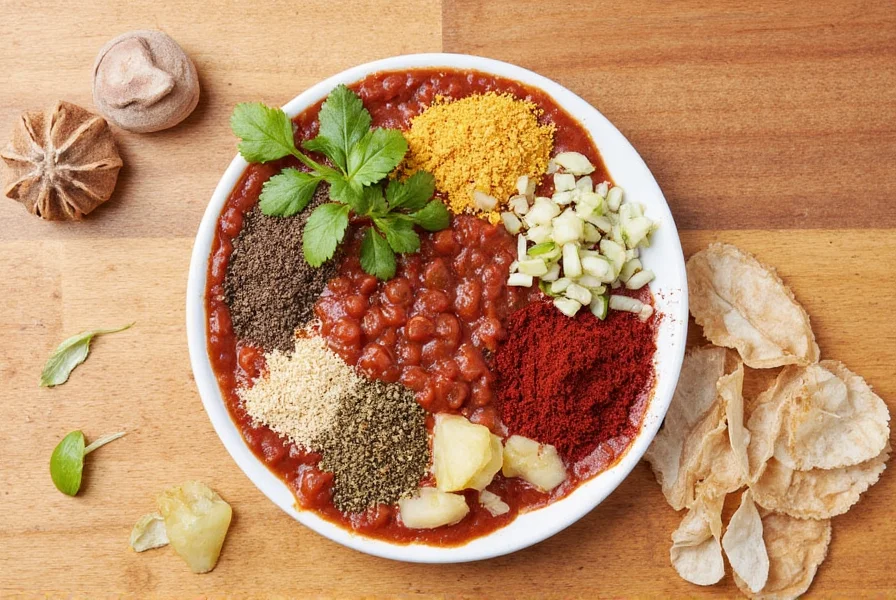










 浙公网安备
33010002000092号
浙公网安备
33010002000092号 浙B2-20120091-4
浙B2-20120091-4